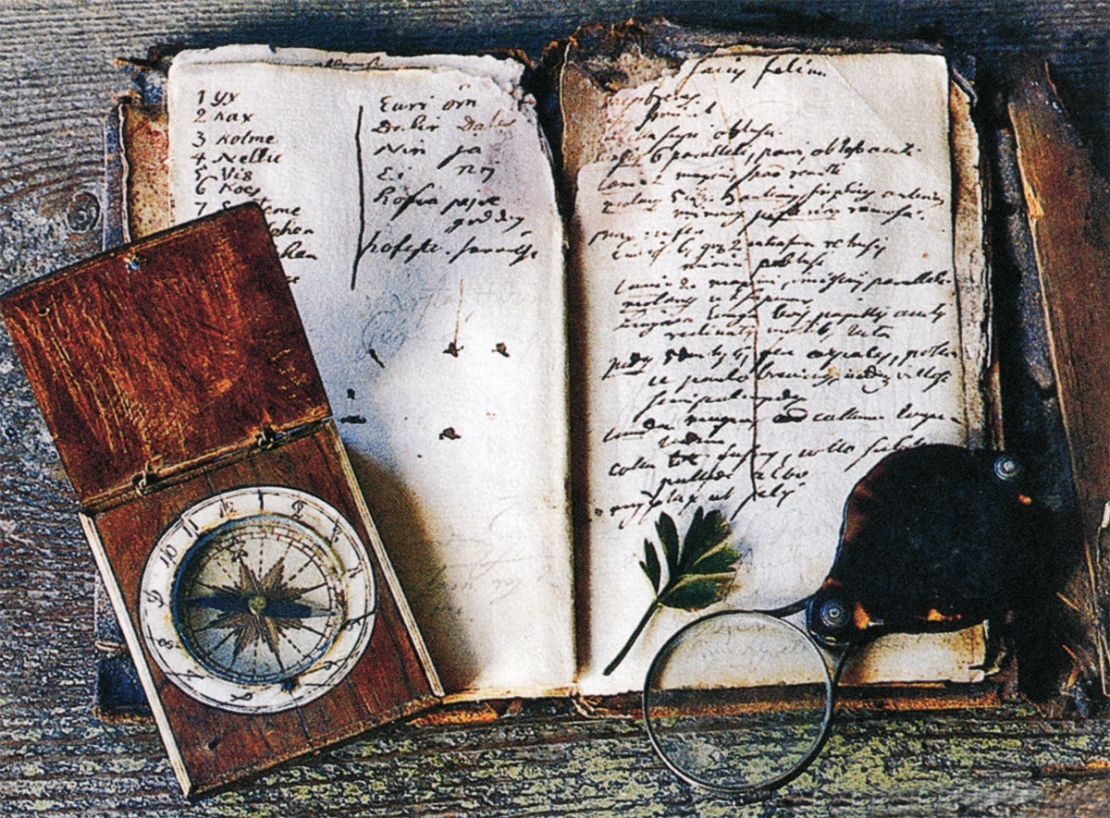Seminarreise Herbst 2015
Slowenien – Auf den Spuren der südlichen «Staats-Eisenbahn»
«Zwischen trauernden Pinien und rachedurstig rauschenden Fichten hinter Triest sehen wir vom Zuge aus das weltbekannte Schloss Miramare liegen. Nicht gar lange hat Maximilian darin seine Luftschlösser gebaut… So geht es durch das eigenartige, faszinierende Karstgelände bis Adelberg. Das ist die italienische Grenzstation Postumia (slowenisch: Postojna). Mit den nahen Tropfsteinhöhlen, die ob ihrer Grösse und bizarren Formungen Völker aller Zungen anlocken, hat Italien einen guten Griff getan, denn solche Naturperlen sind selten in der Welt… Irgendwo quillt ein Flüsschen, nach dem Lai-Bach benannt ist, aus der fetten Erdrinde, schlängelt sich ein Stück weit durch grüne Wiesen und flüchtet sich wieder ins schützende Erdreich» – Fahrt nach Laibach, Albert Köhler, 1930
Schon in der Antike hat die Strecke der Österreichisch-Ungarischen «Staats-Eisenbahn» den Norden der Alpen mit der Adria verbunden. Von Graz reisen wir auf dieser Strecke nach Ljubljana, Triest und Venedig. Wir untersuchen Städte und Landschaften auf beiden Seiten der Dinarischen Alpen und dokumentieren diese in Form von fotografischen Aufnahmen. Im Vorfeld der Reise werden wir am Einführungstag von professioneller Seite in die Techniken der Fotografie eingeführt.
Seminarwoche der Professur Günther Vogt
Datum: 17. Oktober – 24. Oktober 2015
Kostenrahmen: C
Maximal 15 TeilnehmerInnen
Einführung: 7.Oktober 2015, 18:00 Uhr
Kontakt: Ilkay Tanrisever, tanrisever@arch.ethz.ch
Archive
- Seminarreise Herbstsemester 2022: Vom Sammlungsraum zum Landschaftsgarten. Episodische Reise durch Weimar – Jena – Erfurt
- Seminarreise Herbst 2019: Handwerk in Kampanien
- Seminarreise Frühling 2019: Handwerk in Dänemark
- Die Seminarreise Herbst 2018 findet zusammen mit Meili | Vogt | Conzett statt.: Infrastrukturbauten um den Mont Blanc
- Seminarreise Frühling 2018: Handwerk in Hamburg
- Seminarreise Herbst 2017: Marseille – L’eau et les rocs
- Seminarreise Frühling 2017: Handwerk in Portugal
- Seminarreise Herbst 2016: Handwerk an der ligurischen Küste
- Seminar Week Spring 2015: Paris – Landscape and Politics
- Seminar Week Spring 2014: Istanbul – the City and its Territory
- Seminarwoche Herbst 2013: Transsilvanien – Land jenseits der Wälder
- Seminarreise Frühling 2013: Sizilien – Urbanität der Landschaft
- Seminarreise Herbst 2012: London – Walking the Thames
Urban Qualities in Landscapes – The Travelling Architect
In the Department of Architecture at ETH Zurich, including at the Chair of Professor Vogt, seminar trips take place twice a year. These are planned independently of the current design semester.
We understand a travel seminar not as a sightseeing tour but rather as a guided examination of public open spaces, mainly concerning the tension between the city and the landscape. We are not tourists; we are travelling architects. The clear contrast between city and countryside is disappearing more and more. The landscape is becoming urbanised and there is hardly any untouched nature to be found. All landscape spaces are the result of human intervention: there are landscapes that have the marks of a design as well as a redesign that can be read just like agricultural land and infrastructures. The Seminar Week cycle of the Chair is devoted to this area of tension with the main theme: Urban Qualities in Landscapes.
Content-wise, the seminar trip is oriented to the main themes of the Chair and offers the possibility to delve into these in depth and on site. Last semester’s seminar topic dealt mainly with the notion of craft, with a special focus on the manufacture of products and the resources it requires. Other problem areas addressed were the processes of change and adjustment that subordinate a particular handwork tradition and its artisans, as well as the effects these have on the use and formation of the landscape.
